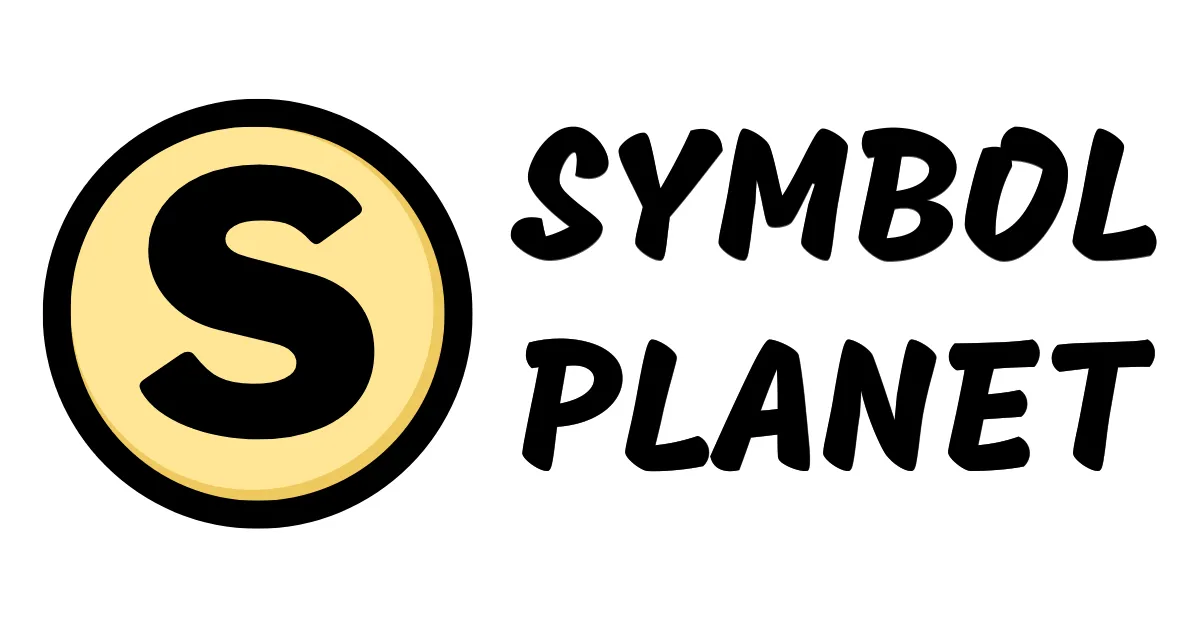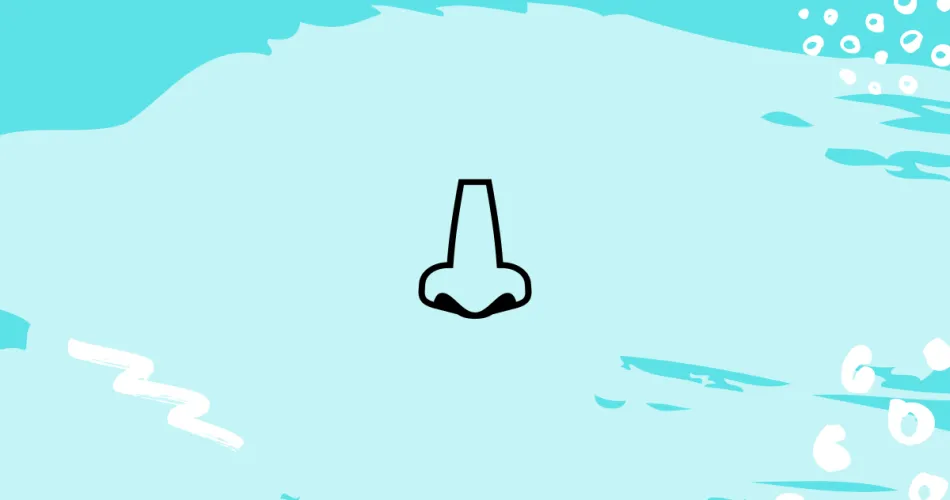Here’s what we’ll cover:
- 👃 nose emoji meaning
- How do you reply to 👃 nose emoji?
- What does 👃 nose emoji mean from a girl?
- What does 👃 nose emoji mean from a guy or boy?
- What does 👃 nose emoji mean on Snapchat?
- What does 👃 nose mean in Texting or Chat?
- What does 👃 nose emoji mean on Instagram?
- What does 👃 nose emoji mean on TikTok?
- What does 👃 nose emoji mean in slang?
- Cultural differences in 👃 emoji interpretation
- Emoji etiquettes
- Possible combination
- Misinterpretations to avoid
👃 nose emoji meaning
The 👃 nose emoji means a person’s sense of smell, or can be used to signify looking down on someone or something.
1. Sense of Smell
This emoji can represent a person’s olfactory capabilities, their ability to sniff out odors and scents like a super sniffer dog.
- “I can always tell when my roommate forgets to take out the garbage 👃”
- “This perfume smells amazing, I can practically smell it through the screen! 👃”
2. Looking Down
It can also convey the idea of looking down on someone or something with an air of superiority, particularly if combined with other emojis like 👀 (eyes) or 😒 (unamused face).
- “That person behaved so rudely, they need an attitude adjustment! 👃👀”
- “I can’t believe you still use a flip phone, welcome to the 21st century! 😒👃”
3. Funny “Nosey” Emoji
This emoji can even be used playfully as a representation of being nosy, curious, or always seeking out information about others.
- “I saw you scrolling through my Instagram feed, being a little nosy there, huh? 👃”
- “My friends always come to me for gossip, I guess I have a reputation for being a bit 👃”
How do you reply to 👃 nose emoji?
When replying to the nose emoji ![]() , you can use phrases like “Got your message loud and clear” or “I hear you” to indicate understanding.
, you can use phrases like “Got your message loud and clear” or “I hear you” to indicate understanding.
- “I know what you mean, it’s cold outside!”
- “I smell something fishy going on here.”
- “That story doesn’t pass the sniff test.”
What does 👃 nose emoji mean from a girl?
The 👃 nose emoji from a girl means that she is trying to be playful or humorous by emphasizing or drawing attention to her nose. It can be used in a variety of ways, depending on the context and the girl’s intention.
- “Hey, did you hear about that new perfume? It’s supposed to make your nose as cute as mine! 👃”
- “I just sneezed so loud that I’m pretty sure my nose blew up like a balloon! 👃”
- “I smell something fishy going on here… and it’s definitely not my nose! 👃”
The nose emoji can also be used to express curiosity, suspicion, or even self-deprecating humor. It adds a lighthearted touch to conversations and shows that the girl doesn’t take herself too seriously. So, next time you receive a nose emoji from a girl, just remember to keep the conversation light and playful!
What does 👃 nose emoji mean from a guy or boy?
The 👃 nose emoji from a guy or boy means they are jokingly implying that they can smell something fishy or suspicious.
- “Hey, did you hear the rumor about us getting a pop quiz tomorrow? I smell an 👃 nose emoji!”
- “There’s definitely something off about that new restaurant. 👃 nose emoji!”
- “My brother said he didn’t eat the last slice of pizza, but I can smell an 👃 nose emoji!”
This emoji is often used playfully to suggest that the person is skeptical or suspecting something is not quite right. It’s like a comical fake investigator sniffing out potential mischief. So, if a guy or boy sends you the 👃 nose emoji, brace yourself for a funny and mischievous conversation that revolves around suspicions or pranks.
What does 👃 nose emoji mean on Snapchat?
The 👃 nose emoji on Snapchat means that someone is being nosy or snooping around. It can also indicate that someone is smelling something fishy, like a secret or gossip. For example, if you receive a snap of a person with the nose emoji hovering over someone’s conversation, it could mean they’re eavesdropping. Another example is sending a snap of a nose emoji followed by a question mark to express curiosity and wonder.
What does 👃 nose mean in Texting or Chat?
The 👃 nose emoji in Texting or Chat means sniffing, smelling, or getting nosy! It’s like a virtual way of saying, “Hey, I smell something fishy here,” or “I’m curious about what you’re up to.” For instance, you might send the 👃 emoji to ask someone “What’s cooking?” on WhatsApp, or to jokingly say “I smell trouble” on Twitter. It adds a playful touch to your messages and lets you show off your sense of humor!
- “Hey, what are you up to? 👃”
- “I think my neighbor is grilling burgers again. I can smell it from here! 👃”
- “Did you see the latest gossip? My nosy senses are tingling! 👃”
What does 👃 nose emoji mean on Instagram?
The 👃 nose emoji on Instagram means sniffing or smelling something. It can be used to express delight, curiosity, or humor related to scents, fragrances, or odors.
- “Just got a whiff of fresh coffee! ☕️👃”
- “Can you smell the weekend coming? 🌺👃”
- “When you open the fridge and your leftovers smell amazing! 😋👃”
What does 👃 nose emoji mean on TikTok?
The 👃 nose emoji on TikTok means sniffing, smelling or investigating something. It is often used humorously to express curiosity or suspicion, similar to how you’d raise an eyebrow. For instance, if someone makes a questionable claim, you might comment “👃🤨” to show your skepticism. In another scenario, if a video showcases an intriguing surprise, you could comment “What’s that smell? 👃👀” emphasizing your curiosity mixed with a hint of humor.
- “Wait, they said cats don’t like water? 👃 Right, Fluffy?”
- “Entering the kitchen after mom finishes cooking be like 👃🤤”
- “If you’re lying, my emoji detective skills will sniff out the truth! 👃🧐”
What does 👃 nose emoji mean in slang?
The 👃 nose emoji in slang means someone is being nosy or curious about something. It is often used to represent someone who is prying into other people’s business or seeking information that is not their own.
- “Don’t be such a 👃, mind your own business!”
- “Why are you sticking your 👃 where it doesn’t belong?”
- “I caught her snooping around my room like a little 👃.”
Cultural differences in 👃 emoji interpretation
Cultural differences in 👃 nose emoji interpretation can lead to hilarious misunderstandings and confusion.
- “In Japan, the nose emoji is seen as a symbol of embarrassment or awkwardness, while in the United States it often represents a sneeze or a bad smell.”
- “In Brazil, the nose emoji is commonly associated with humor and playfulness, but in Russia it can be seen as a sign of contempt or disdain.”
- “In France, the nose emoji may evoke sophistication and elegance, but in Australia, it might just mean ‘he’s telling porkies!'”
Emoji etiquettes
When using the 👃 nose emoji, it’s important to keep a few guidelines in mind. Avoid using the nose emoji in a way that could be misinterpreted or taken out of context, and always use it in a lighthearted and playful manner.
- “I couldn’t smell my morning coffee, so I used the 👃 emoji to express my coffee crisis.”
- “My friend told me a cheesy joke, and I responded with a quick 👃 emoji to show my amusement.”
- “When I ate a spicy taco, I sent my friend an 👃 emoji to convey the heat.”
Possible combination
Possible emoji combinations that go with 👃 nose emoji are 🤢👃 (stuffy nose), 🤧👃 (runny nose), and 🤪👃 (itchy nose).
- “I woke up with a 🤢👃, and now I sound like a trumpet.”
- “When I have a 🤧👃, tissues become my best friends.”
- “That tickling sensation when you have a 🤪👃 can drive you crazy!”
Misinterpretations to avoid
Misinterpreting the 👃 nose emoji as a sign of picking or smelling may lead to awkward situations or confusion in text conversations.
- “Hey, just saw your text about that party! I can’t wait to see you there and give your nose a good sniff!”
- “I’m so excited for our date tonight. I already have my fingers crossed and my nose ready for some intense digging!”
- “OMG, this perfume smells amazing! I just want to stick my nose right into the bottle, just like that emoji!”

